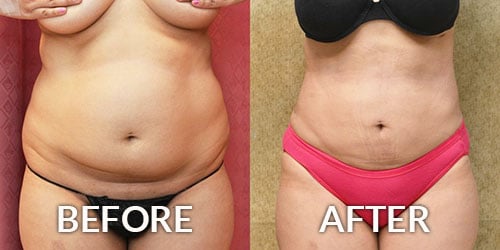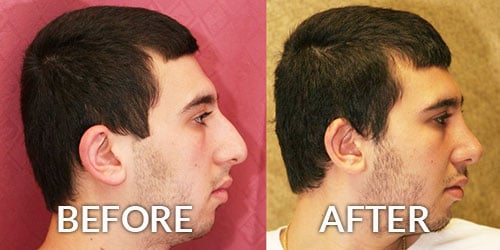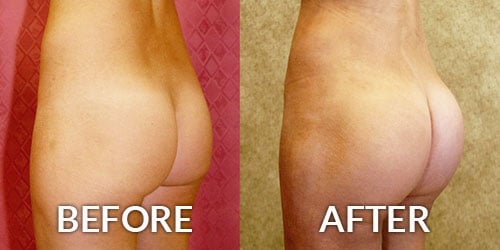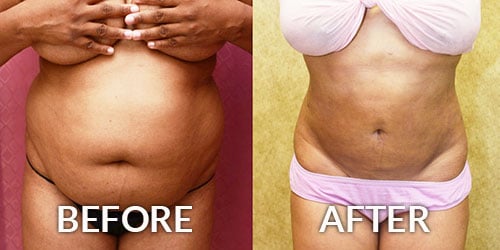Asian Rhinoplasty
Consultations offered at our three convenient locations in Encino, Glendale and Bakersfield
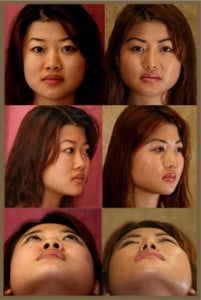
Asians Rhinoplasty had always been very popular in the orient but it has now become more talked about among Asian Americans who have emigrated from China, Philippines, Korea, Vietnam, Taiwan, Malaysia, and Japan.
While there many rhinoplasty experts in Los Angeles and Beverly Hills, there are only few true Asian Rhinoplasty specialists who have had experience with all aspects of Asian Nose Surgery including Nasal Augmentation and Ethnic Asian Nose Refinement. This is because there are major differences between the oriental nose and that from other ethnicities.
One of the fundamental characteristics of the Asian nose is usually an underdeveloped nasal bridge. A flat nose which doesn’t have a bridge makes the face look wide, and the eyes look far apart. To augment nasal bridge most Asian Rhinoplasty specialists use a nasal implant. The reason that cartilage is not used to raise the nasal bridge in Orientals is that they often do not have adequate amount of septal nasal cartilage to be used as a donor graft. In special circumstances rib cartilage graft is used, but mostly for nasal reconstruction in Asians. Nasal implants used for Asian Rhinoplasty are made of synthetic solid Silicone, Gortex, or Medpor polymers that don’t melt, disintegrate, or change with time. Silicone nasal implants are flexible so not to break with facial trauma or manipulation. Nasal implants used in Los Angeles are FDA approved and can be used to build up a flat nasal bridge via either an open or closed rhinoplasty approach. Silicone nasal implants can be further carved and shaped before insertion into the nose. All synthetic nasal implants have the potential risk of extrusion. This is usually uncommon with exception of instances when there was trauma to the nose, poor circulation, or when the implant was excessively manipulated from the outside.
Nasal Tip Refinement in Asian Rhinoplasty: Asians typically have wide nasal tips with thick and porous skin. This gives Asians a pudgy looking nose! The nasal tip can be narrowed, raised and refined by Asian Rhinoplasty Techniques that utilize suturing and manipulation of the nasal tip cartilage, nasal tip cartilage grafts, and extended nasal bridge implants.
Narrowing of Nostrils in Asian Rhinoplasty: Nostrils in Asians can be flared and wide. During Asian Nose surgery the size and shape of the nostrils can be made smaller and narrower by an alar wedge resection. This technique of Asian Rhinoplasty has to be performed in a careful way neither to make the nostrils look too pinched, nor to make the nasal tip look like a triangle.
Lengthening of the nose in Asian Rhinoplasty: Lack of nasal bridge height can give the appearance of a short nose. During Oriental Rhinoplasty a combination of augmenting the nasal bridge and raising the nasal tip helps to make the nose look longer, more slender, and balanced.
Asian Rhinoplasty Before-and-after Pictures: it is important to see before-and-after photos of Asian nose surgery, especially of other patients who have similar features as you. Dr. Younai thrives to make your nose look balanced and in harmony with the rest of the face. During your consultation at the California Center for Plastic Surgery, he would review with you many Asian Rhinoplasty before-and-after pictures of his. While analyzing your nose during this consultation he will point out different options and techniques for Asian rhinoplasty. He reviews pros and cons of each technique of Asian rhinoplasty, types and material of nasal implants, and what cosmetic Asian Rhinoplasty surgery and anesthesia entail.
Possible Complications for Asian Rhinoplasty: Every surgery including nose surgery on Asians carries certain risks and potential complications are discussed in attached article.

